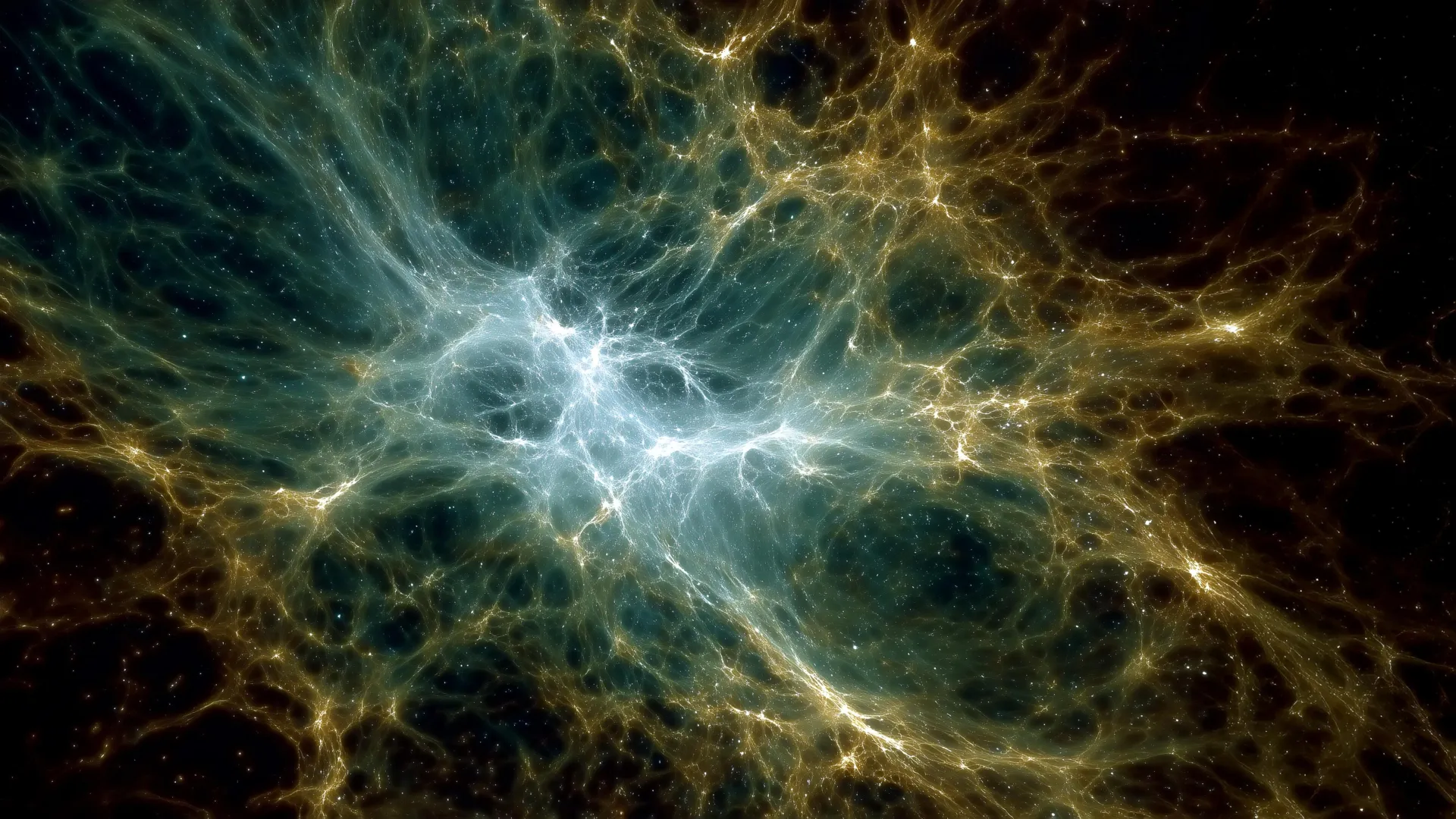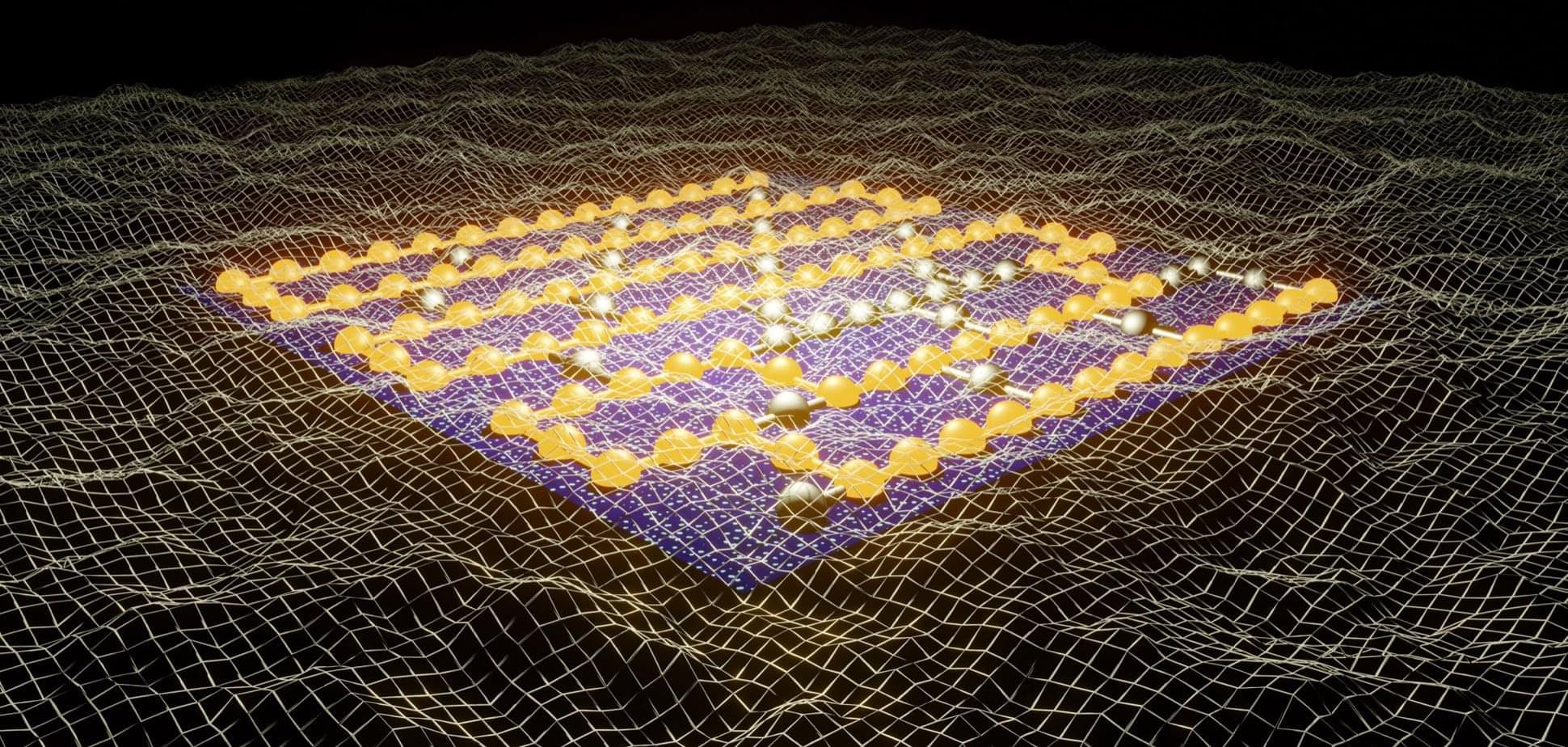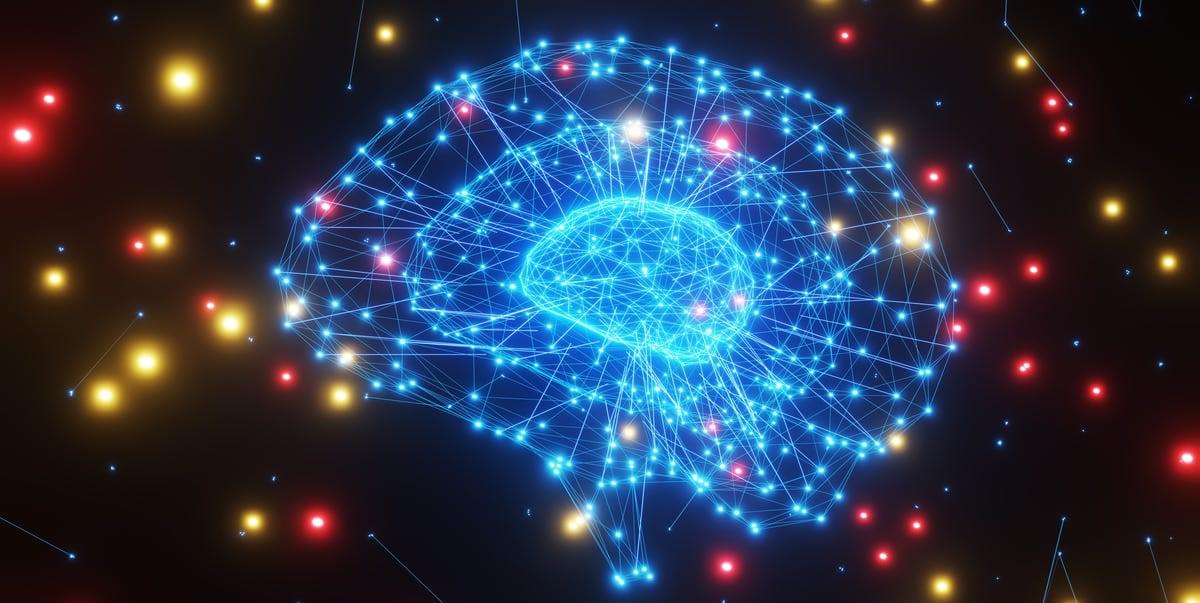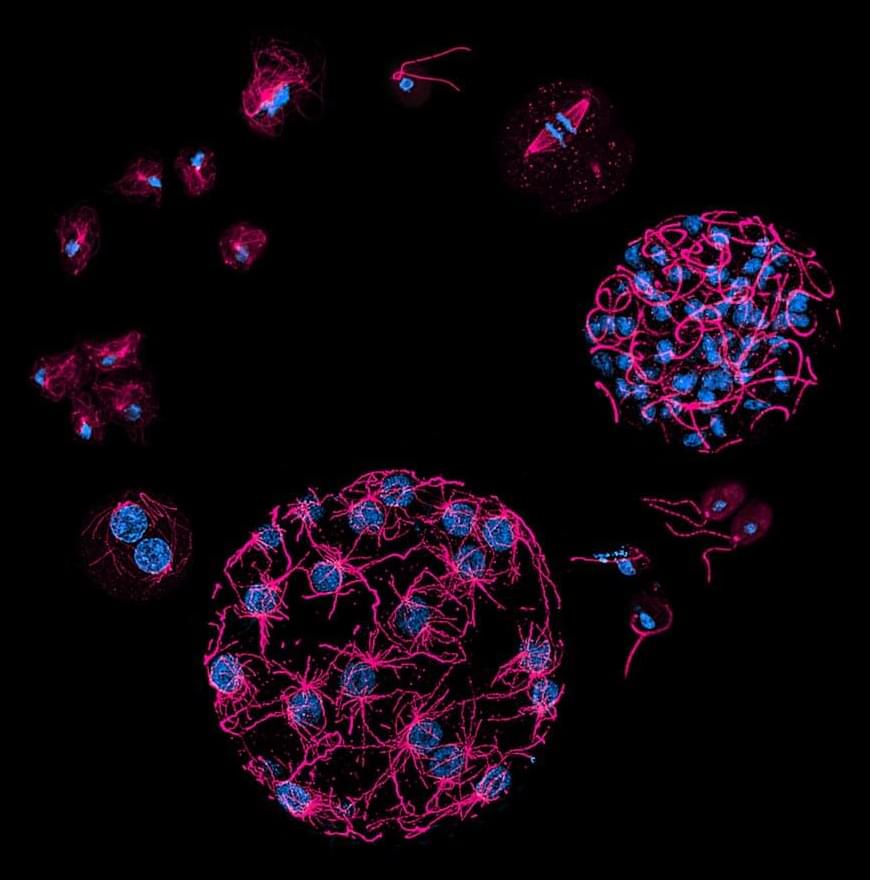Dark energy may be alive and changing, reshaping the cosmos in ways we’re only beginning to uncover. New supercomputer simulations hint that dark energy might be dynamic, not constant, subtly reshaping the Universe’s structure. The findings align with recent DESI observations, offering the strongest evidence yet for an evolving cosmic force.
Since the early 20th century, scientists have gathered convincing evidence that the Universe is expanding — and that this expansion is accelerating. The force responsible for this acceleration is called dark energy, a mysterious property of spacetime thought to push galaxies apart. For decades, the prevailing cosmological model, known as Lambda Cold Dark Matter (ΛCDM), has assumed that dark energy remains constant throughout cosmic history. This simple but powerful assumption has been the foundation of modern cosmology. Yet, it leaves one key question unresolved: what if dark energy changes over time instead of remaining fixed?
Recent observations have started to challenge this long-held view. Data from the Dark Energy Spectroscopic Instrument (DESI) — an advanced project that maps the distribution of galaxies across the Universe — suggests the possibility of a dynamic dark energy (DDE) component. Such a finding would mark a significant shift from the standard ΛCDM model. While this points to a more intricate and evolving cosmic story, it also exposes a major gap in understanding: how a time-dependent dark energy might shape the formation and growth of cosmic structures remains unclear.








